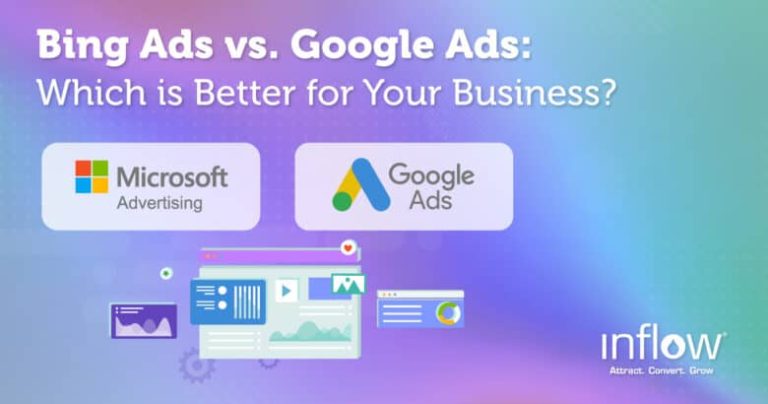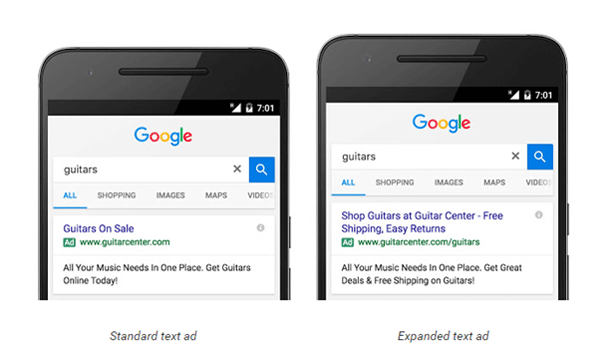
Digital innovation is moving at a speed we’ve never seen before — which means constantly changing customer expectations.
At BigCommerce’s 2021 Make it Big Conference, business experts Marcus Murphy and Oli Billson shared innovative ways for ecommerce brands to retain new customers and delight loyal ones.
Marcus Murphy and Oli Billson’s Key Takeaways at Make it Big
In this Make it Big 2021 session, Marcus and Oli recapped the latest rise in digital innovation and provided a fresh outlook on what retailers can expect in the coming years. With changing consumer behaviors, understanding your customers is now the foundation of any business. Retailers must begin to look inward to evaluate and adapt their business to outperform competitors.
Here are a few key takeaways from Marcus and Oli’s Make it Big session:
Elizabeth Azide: How could new trends impact the future of digital innovation? What’s here to stay?
Oli Billson: “I think this year, particularly, people are wanting to crave more human interaction and attention than ever before, for obvious reasons. And that’s no different in the digital landscape as it relates to user experience. So really what that means for us as marketers and business owners is that we should be continuing to do what we know works, and also has worked in the past, but also consider where we can inject a personal human touch into the user journey. And that really just allows us to create unique interactions with our brands.
When it comes to what’s here to stay, I don’t think there’s necessarily an expectation from consumers and consumers for more personalization and human interaction. It’s clear that forward thinking brands are already leveraging ways to connect with their customers in ways that they haven’t necessarily before.
Moving forward, we’re really seeing a new wave of different software platforms that have enabled businesses and brands to do that more easily from improving their customer service and car experience with training platforms, programs in SAS, like training all through to creating more of a human touch with interactions and using video platforms like Bongiorni, for example.”
EA: How should merchants be approaching their messaging strategy right now?
Marcus Murphy: “The most empathetic brands are winning. And what I mean by that is that they truly understand their avatar. You cannot craft a really effective message without fully understanding exactly who you’re speaking to and that message is measured by people being able to insert themselves in it. I’ve got a five-year-old and a three-year-old at home, two little girls, Florence and Pearl. And every night I read books to them and it’s always Peppa Pig, especially now that we live in the UK, and I hear them say, “I want be like Peppa”. And as I’m watching them read, the really practical example of a great story is when your kids, for example, are not looking at Peppa Pig, George, Mommy and all these people. They don’t look at those characters, rather they see themselves on that adventure. They are Peppa Pig. So when I’m looking at brands who are really effectively communicating a message to their audience and to their customer, they know their customer in and out. They know the avatar, they know exactly who they want. They know where those people eat, sleep, go purchase other things, they know everything about them, which allows them to then craft a message that allows those people to insert themselves into.
The other thing that’s really interesting as you pay attention to companies who are also evolving is thinking about ways to connect that message to their audience. So in the pandemic, you’ve seen the rise of these virtual platforms like Hopin, CrowdComms and Goldcast. Those platforms are in place to provide what we’re calling a hybrid experience for people. And what I mean by that is when you look at LinkedIn investing $75 million into Hopin, it’s because they understood that people now in these last 18 months or so have an expectation that they’re not only getting their message in, but they’re getting taught and educated by those brands. You start to see that people are taking that very seriously by making major investments into platforms that are solely around educating their customer base. So, in short, I think that people are starting to take a step back, essentially slowing down to speed up, to find out exactly who they’re talking to, crafting their message so that it’s truly a story that someone can insert themselves into.”
EA: How can merchants create a frictionless purchase experience?
MM: “Oh my goodness. What a great question. Let people buy when they want to —please let them do that. I think that what’s really interesting is that if we do our job on the content side and we do our job in terms of the messaging and everything that we’re doing, we’re educating our customer way ahead of the purchase. And I think a lot of times we make our customer go through a process that isn’t necessarily what they want. It’s like, if you look at that old picture of seeing a gate, that’s put up and then you see the foot path that goes around the gate, like users and customers, they dictate where we place our path, right? And so in many cases, the frictionless path, it’s understanding that the majority of your customers are really well-informed. In fact, most B2B customers are researching, they’re out there on the internet. They’re looking at reviews before they ever make a purchasing decision with you. So instead of under, like don’t underestimate the consumer is my point, but you also should be very much a part of educating them so that when they get there, they’re ready to make a purchasing decision, and that you make it as easy as possible for them to do that. I just see that we have these endless loops of like automation, or we have these endless loops of the sales process that end up being something that’s very forceful when we can inform them way ahead of time with great content, which allows them to come in and make a really educated purchasing decision.”






